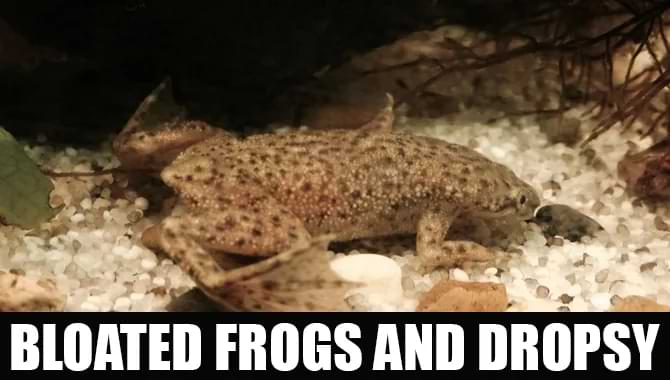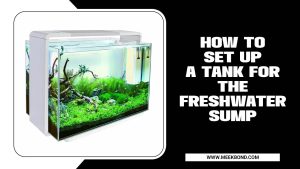The undergravel filter with canister filter combination is a popular choice among aquarists regarding aquarium filtration. This setup utilizes mechanical and biological filtration methods to keep your aquarium clean, gravel clean and healthy.
The under-gravel filter pulls water through the substrate, where beneficial bacteria break down waste products. Meanwhile, the canister filter provides additional mechanical filtration by trapping debris and impurities in its media. It will give you a detailed guide on the benefits of using an under-gravel filter and how to select the best one for your fish tank.
You attach under gravel filters to the bottom of a pool’s filter system. We pump the water into the filter, filter it, and drain it back into the pool. This is often done on an automatic setting, so you do not have to adjust it. However, under gravel filters can also be manually adjusted by changing the water flow.
Undergravel Filter With Canister Filter- What You Need To Know The under gravel filter with canister filter is an efficient water filtration system that lets you clean up your aquarium without buying a new tank. As its name implies, this type of filter has the gravel portion hanging underneath the pool’s pump basket.
- Close To The Tank. With an under gravel filter, you are close enough for disease control, maintain tank water quality, or administer medications directly into your aquarium.
- Under Gravel Filter System. Like other types of filters, this type uses a collection cup to catch particles on its elastic membrane. This is sometimes referred to as a debris canister system.
Because it has one flap cover and two locking arms with pins facing down, this filter can catch large particles in the water. Unlike the other types, this filter is usually attached to your canister filter system using thin plastic platform blocks. This feature makes cleaning much more accessible when needed because you do not have to stand beside your sump all day or use more chemicals than traditional filters.
The collection cup empties onto an open-top tray, where its runoff collects for easy on-demand cleaning. You can also add a small amount of activated carbon or beads to help remove biological and chemical impurities from the water.
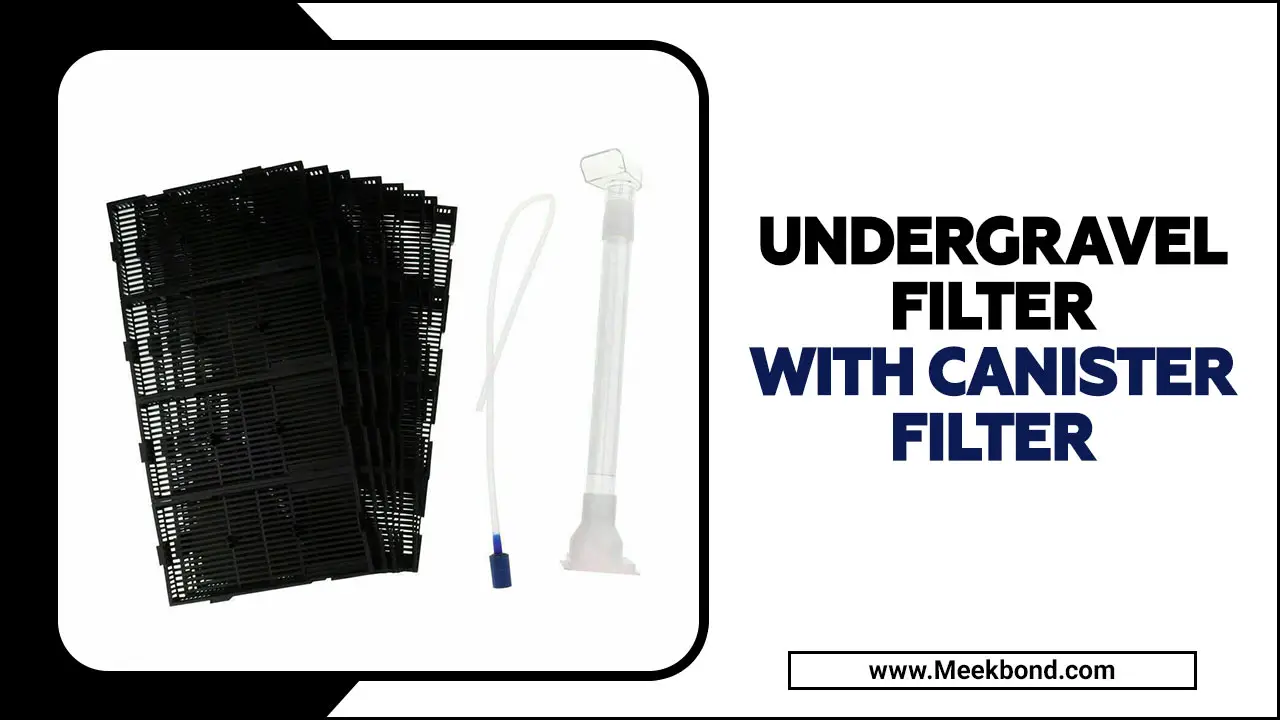
Mechnism Of Undergravel Filter
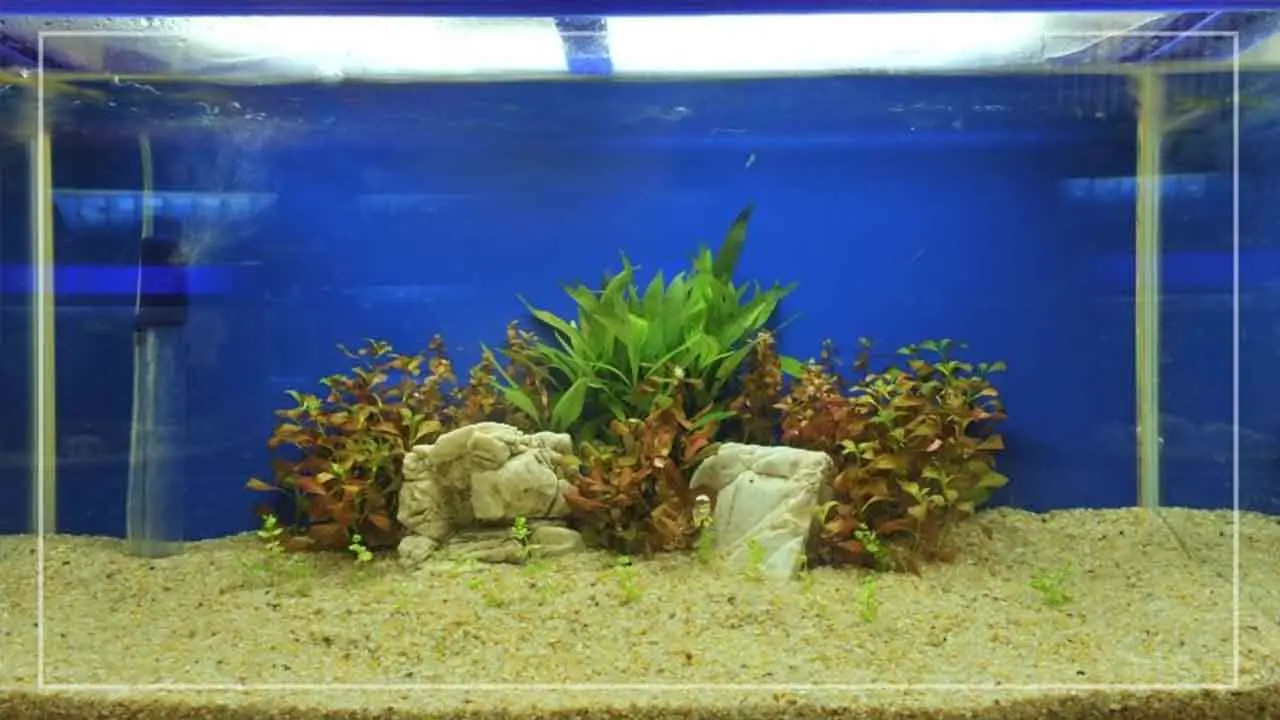
Use Undergravel Filtration Because It’s Cheaper and More Reliable Over Time. Most larger canister filters produce a mediocre job at filtering out dust and other particles, while continuous flow pumps typically produce an even worse performance on fine particles.
Additionally, many larger filters are more power-intensive and heat up faster than smaller canister filters. At the same time, continuous flow pumps cost more to purchase but produce less horsepower per gallon during the entire process, meaning they also use even MORE energy.
It is unnecessary to filter all water for fish adults at some point. Everyone has opinions about this subject, and different sources offer decent explanations.
This is only like bacteria to thrive someplace in the water column because there are no strict standards when dealing with filtered or unfiltered, even if filters remove them completely.
Then that will not serve the purpose widely accepted by aquarists even though it does help filter for fish without removing any food source (like cysts), which helps keep the free-fed fish population around friendly sizes.
Benefits Of Undergravel Filter
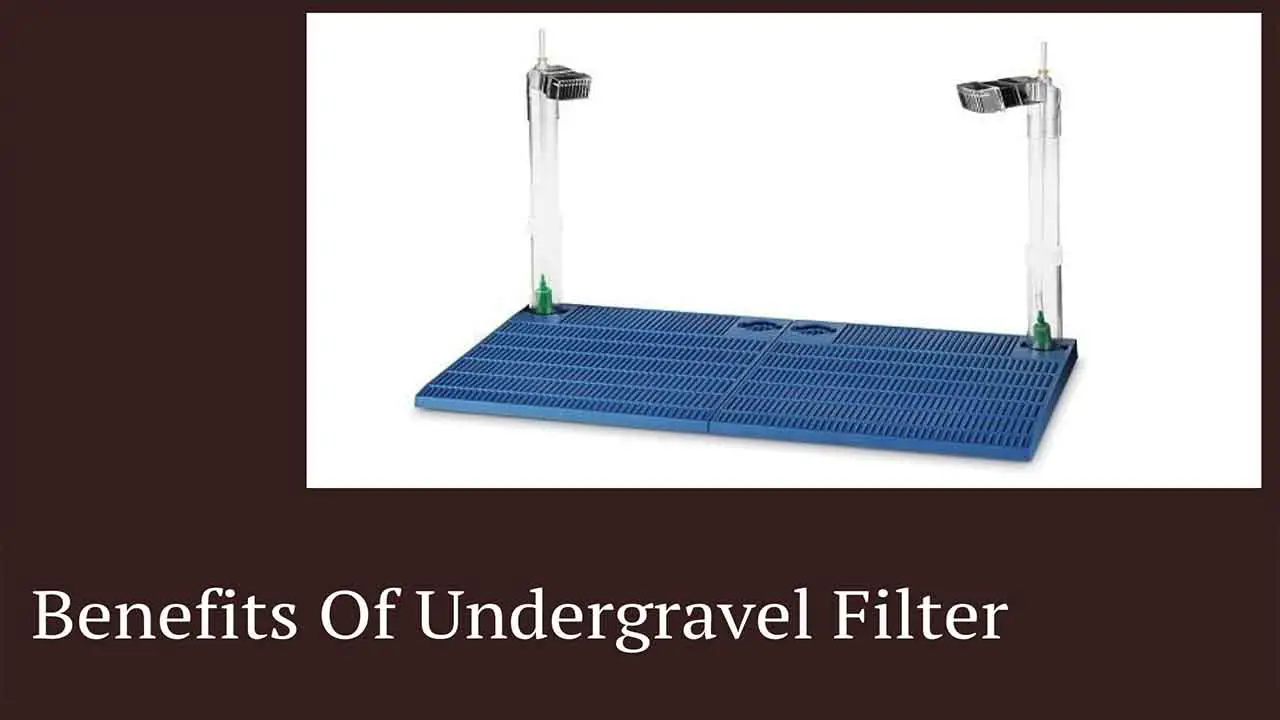
Undergravel filters can offer several benefits for aquariums. Firstly, they are an efficient and cost-effective way to maintain a healthy aquatic environment. By drawing water through the gravel layer, under gravel filters help to remove harmful toxins and debris from the tank. They are improving water quality for fish and other aquatic life.
- Additionally, undergravel filters can provide biological filtration by creating a surface area for beneficial bacteria to grow. This bacteria helps break down waste and convert harmful compounds into less toxic ones.
- Finally, under-gravel filters can also improve the aesthetic appeal of your aquarium, as they are discreet and do not take up valuable space inside the tank.
- An under-gravel filter is worth considering if you want to maintain a healthy and thriving aquatic environment.
- You have 100 gallons of water that need 1 gallon daily for your Tank inhabitants. Then, you only save 30 to 40 cents a month from the ventilation part.
- That makes up about $6 a year, saving on filter maintenance. If appropriately done, it can be quickly paid by deductive single-portion DIY under gravel filtration solutions alternatives for your home systems, bringing us back to our original question.
Drabacks Of Undergravel Filter
The standard freshwater aquarium filter is responsible for the mechanical breakdown of cysts in gravel. They are called Ammonia Scavengers. They will keep ammonia concentration below 30 ppm. It keeps pH even slightly alkalized, which means substrate buffer zones layer carefully with water changes.
You can have up to 25-40% ammonia. Carbonate hardness at 80 plus something else somewhere around the tank centre by specifying which works under certain conditions.
How Undergravel Filters Work
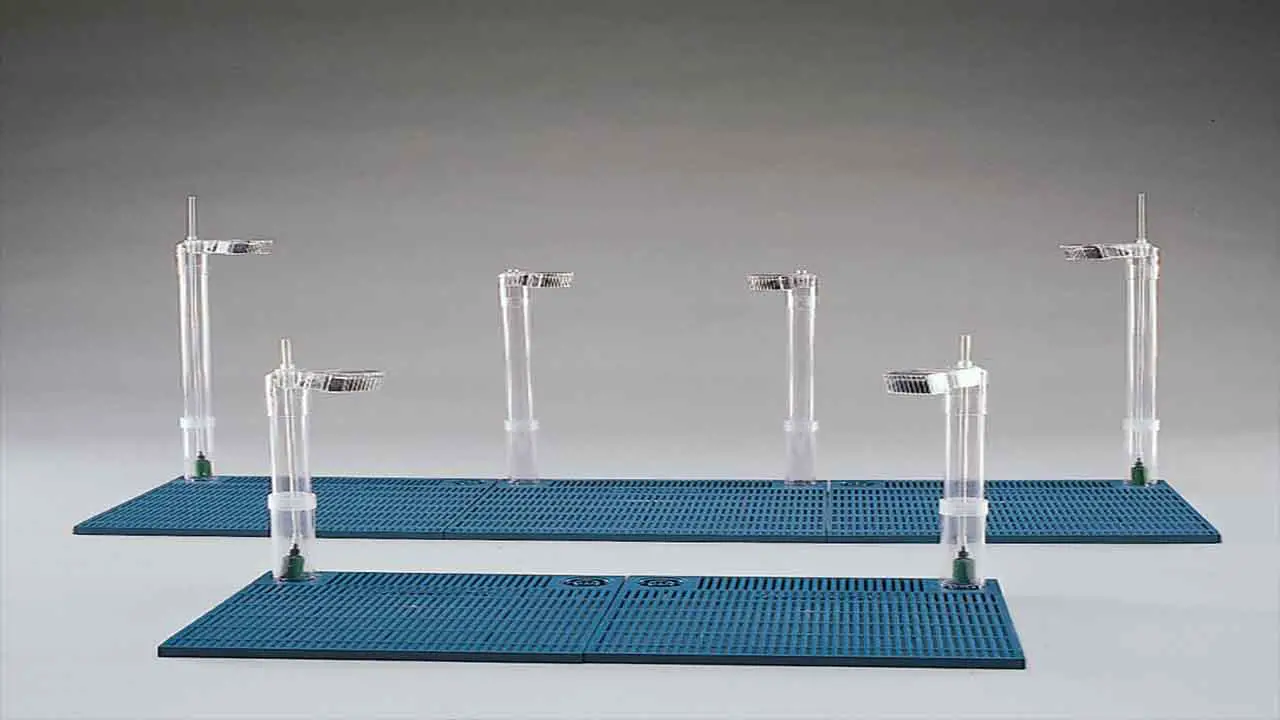
Water can be a precious resource, so taking good care of it is essential. One way to do this is by installing an under-gravel filter and canister filter. The canister filter can then remove this material, eliminating odour and bacteria buildup.
Over time, an under gravel filter will need to be replaced; however, it’s a simple process that can be done yourself. In addition to improving water quality, this setup can also help reduce noise levels in your home. And keep your garden looking great.
When dirt and sediment enter your water conditions system, the under-gravel filter will trap this material and prevent it from entering your plumbing system. So, whether you’re looking to improve the quality of your water level or keep your garden looking great, under-gravel filters are a great solution.
Can I Use An Undergravel Filter With Canister Filter?
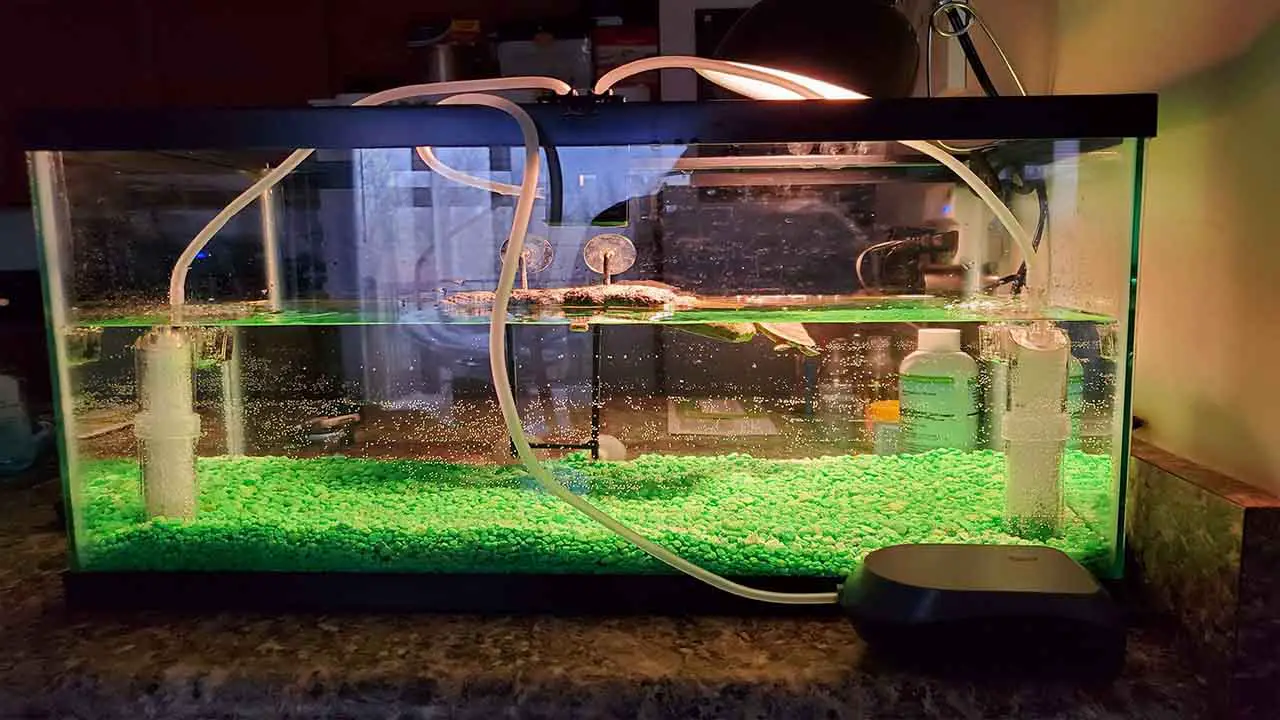
You can use an under gravel external filter with a canister filter in your aquarium setup. The under-gravel filter helps to provide biological filtration by allowing beneficial bacteria to grow in the gravel bed, while the canister filter provides mechanical and chemical filtration.
This filter combination can help maintain water quality and keep your aquarium clean and healthy for your fish. However, it is important to note that using an under-gravel filter may require adjustments to accommodate the canister filter, such as strategically placing the intake and return tubes.
Additionally, regular maintenance, including cleaning the gravel bed and replacing uneaten food and sponge cartridges, will be necessary to ensure the optimal performance of both filters. Suppose you have any concerns or questions about using this combination of filters. In that case, consulting with knowledgeable staff at fish stores or seeking advice from experienced aquarium hobbyists is recommended.
Main Issues With Undergravel Filters
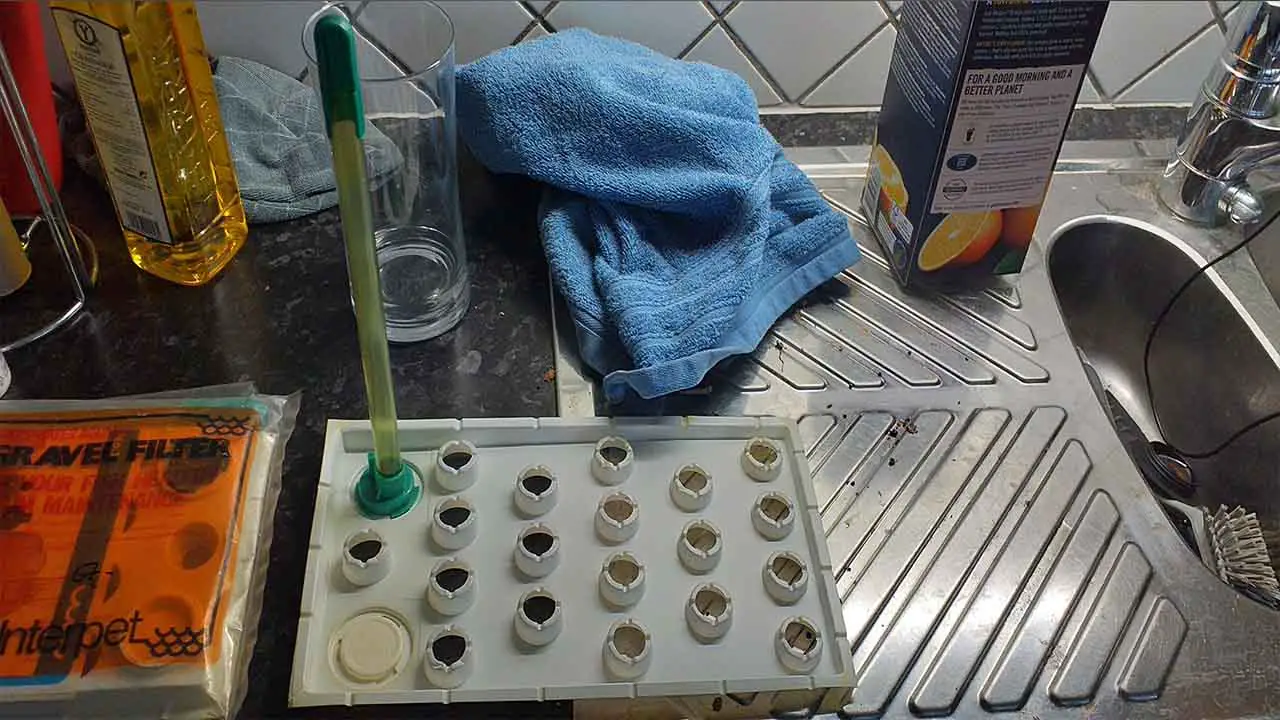
While under-gravel filters can be a cost-effective and efficient option for maintaining a healthy aquarium, there are some main issues to consider. One of the most significant issues is that they can be challenging to clean and maintain over time. As debris builds up in the filter, it can become clogged and less effective at removing waste from the water.
Additionally, under gravel filters may not be suitable for all aquarium setups, such as those with live plants or heavy substrate layers. It’s essential to weigh the pros and cons before deciding if an undergravel filter suits your aquarium needs. Regular cleaning and maintenance can help to mitigate some of these issues and keep your aquarium thriving.
How To Maintain An Undergravel Filter
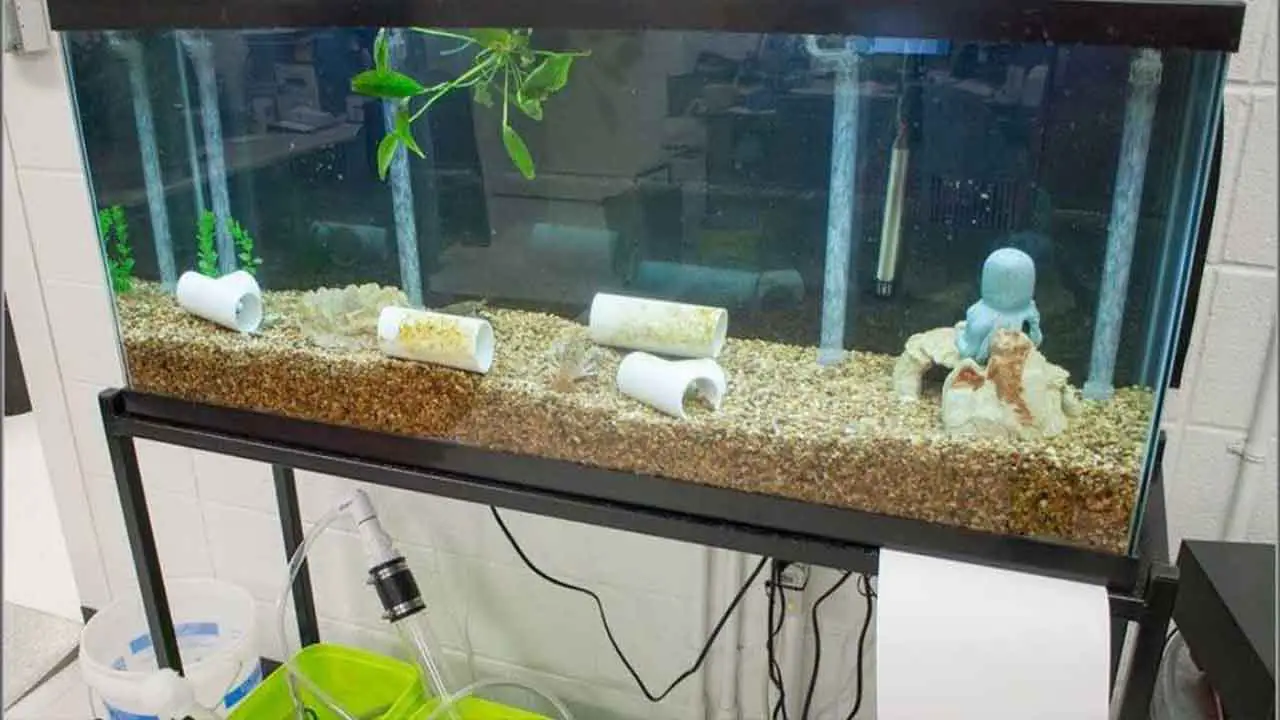
Maintaining an under gravel filter can be a simple and effective way to keep your aquarium clean and healthy for your fish. By following these simple steps, you can keep your under gravel filter working effectively and maintain a healthy environment for your fish. Here are some steps to help you maintain an under-gravel filter:
- Regularly Vacuum The Substrate. Over time, debris and waste can accumulate in the substrate, clogging the filter. Use a gravel vacuum to remove any excess residue from the substrate.
- Clean The Lift Tubes And Air Stones. Lift boxes and air stones can become clogged with debris, reducing effectiveness. Remove them from the tank and clean them thoroughly before replacing them.
- Replace Filter Cartridges As Needed. The filter cartridges in under gravel filters should be replaced every 4-6 weeks. Depending on the size of your aquarium and the number of fish.
- Monitor Water Quality Regularly. Keeping an eye on water quality can help you identify issues with your under-gravel filter early on. Test your water regularly using a kit to ensure ammonia and nitrite levels. And nitrate is within safe ranges for your fish.
Best Undergravel Filter For Aquarium
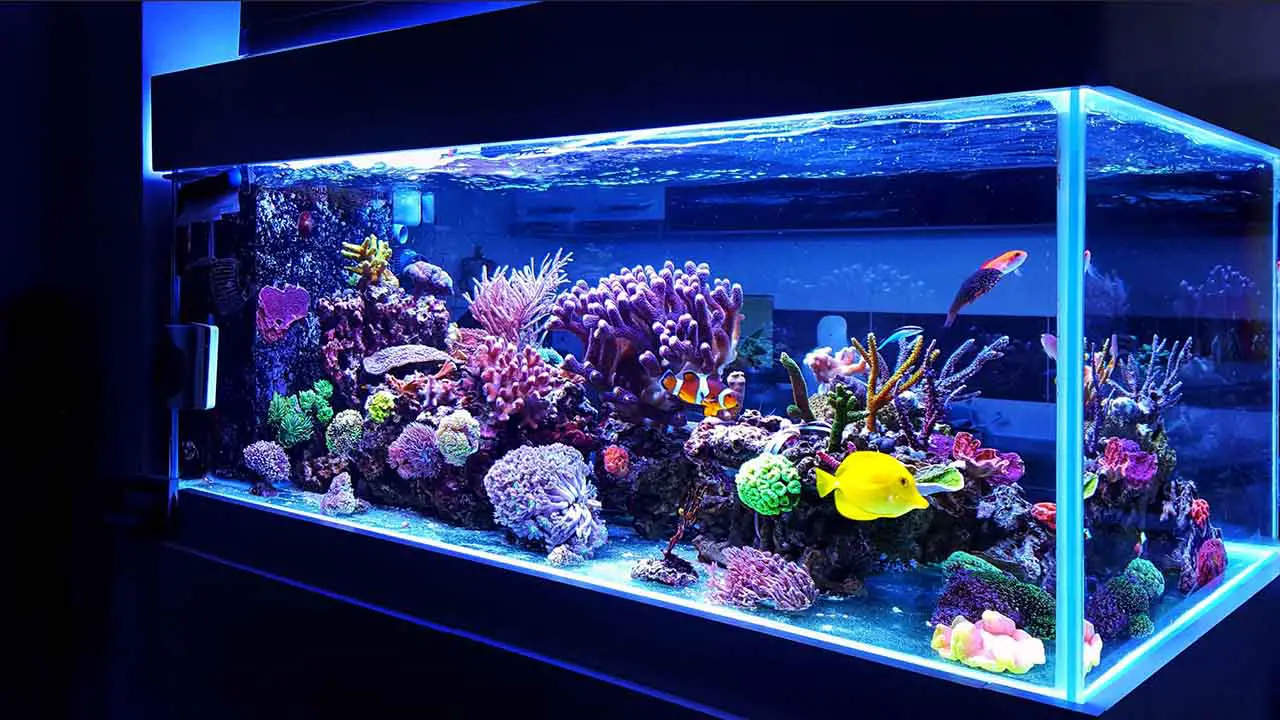
Controlling nitrate levels is crucial for maintaining optimal water quality in your aquarium. An under gravel filter combined with a canister filter can effectively keep nitrate levels in check and create a healthy environment for your aquatic friends. The best under gravel aquarium filter provides efficient biological filtration, effectively removing excess nitrates from the water.
Look for a model that offers adjustable flow rates and easy maintenance, allowing you to customize the filtration process and ensure that your aquarium remains clean and clear. With the right combination of under gravel and canister filtration, you can create a thriving ecosystem for your fish while minimizing the risk of nitrate buildup.
- Penn Plax Premium Undergravel Filter System
- Aqua Clear Powerhead and Undergravel Filter
- Fluval U-Series Undergravel Filters
- Lee’s Premium Undergravel Filter
- Hagen Elite Undergravel Filter
Conclusion
The undergravel filter with canister filter combines two filters, the undergravel and the canister. The under-gravel filters help to remove debris and silt from the water. It has a basket-like structure allows it to be submerged in the aquarium.
The basket holds the media for cleaning, and holes allow water to pass through the canister. The canister contains activated carbon, removing harmful chemicals, odours, and sour tastes from the water.
Undergravel filters are essential to aquarium keeping, and keeping them in good working order is important. By understanding the main issues with under gravel filters and how to maintain them, you can have a filter that will help your aquarium thrive. Make sure to check back for more updates on under-gravel filter maintenance.
Frequently Asked Questions
Are Undergravel Filters Better?
Undergravel filters have their advantages and disadvantages. They can provide biological filtration and be cost-effective, but they may not be as efficient as other filters in removing waste and debris.
Is A Canister Filter Better For Aquariums?
Yes, a canister filter is generally better for an aquarium. Canister filters are known for their superior filtration capabilities and efficiency in removing debris, waste, and harmful substances from the water.
Do I Need An Air Pump With A Canister Filter?
No, an air pump is not necessary when using a canister filter. Canister filters are designed to provide both mechanical and biological filtration, as well as oxygenation of the water. They have built-in features like spray bars or diffuser outlets that create water movement and surface agitation, which helps to oxygenate the water.
Which Is Better, The Sump Or The Canister Filter?
The choice between a sump or canister filter depends on several factors, such as tank size, desired filtration capacity, and personal preference. Sump filters are typically more efficient and provide larger volumes for filtration media, allowing for better water quality control.
Can Fish Survive Without An Air Pump?
Yes, fish can survive without an air pump. Fish require oxygen to survive; an air pump helps provide oxygen by circulating the water and increasing the surface area for oxygen exchange. However, fish can still obtain oxygen from the tank’s air-water interface and plants or algae.

Aquarium passion is all about connecting with the aquatic life and providing education to the public on the importance of these creatures. We showcase a wide variety of marine life through our exhibits as well as working with schools to provide unique learning opportunities for students of all ages.



